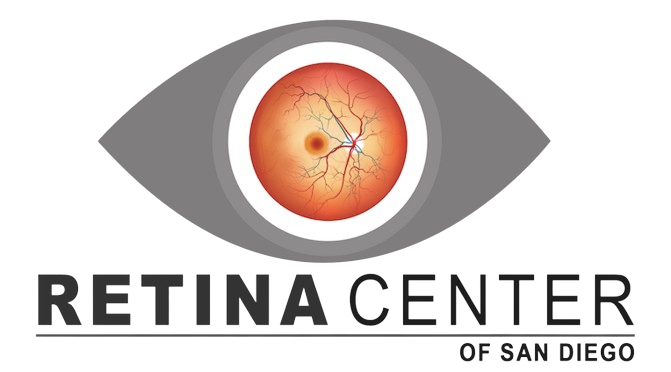Pneumatic Retinopexy
What is Pneumatic Retinopexy
Pneumatic retinopexy is a surgical procedure used to repair certain types of retinal detachments. This procedure is less invasive compared to traditional vitrectomy or scleral buckle surgery.
Process for Pneumatic Retinopexy
Here’s how pneumatic retinopexy typically works:
- Preparation: Before the procedure, the eye is usually numbed with local anesthesia and your pupils will be dilated.
- Injection of gas bubble: A small gas bubble is injected into the vitreous cavity of the eye. The gas bubble rises and floats, putting pressure on the detached area of the retina. The gas bubble serves to push the detached retina back into its normal position against the back wall of the eye.
- Positioning: After the gas bubble is injected, you will be instructed to maintain a specific head position for a certain period of time, typically several days. This position allows the gas bubble to exert pressure on the detached retina and helps to keep the retina in place while it heals.
- Laser: Once the retina is reattached, we typically use laser therapy to seal the retinal tear or break. This helps to prevent fluid from leaking under the retina again and causing another detachment.
- Post-procedure care: After the procedure, your eyes may be sensitive to light due to the dilation drops. You may experience some discomfort or mild irritation, which can usually be relieved with over-the-counter pain medication. We will provide specific instructions on post-procedure care, including any restrictions on activities and the use of eye drops.
- Absorption of gas bubble: Over time, the gas bubble naturally dissipates and is absorbed by the body. As the gas bubble shrinks, the fluid that had accumulated under the retina is gradually reabsorbed, and the retina becomes reattached.
Pneumatic retinopexy is most effective for certain types of retinal detachments, it may not be suitable for all cases of retinal detachments.
We will provide you with specific instructions regarding your post-procedure care, including restrictions on activities and the use of eye drops. After the procedure, you will need to follow the instructions carefully, including maintaining a specific head position as directed, avoiding activities that could increase eye pressure (such as flying in an airplane or gain of altitude), and attending follow-up appointments to monitor the healing process. In some cases, additional treatments or surgeries may be needed to fully repair the retinal detachment.







